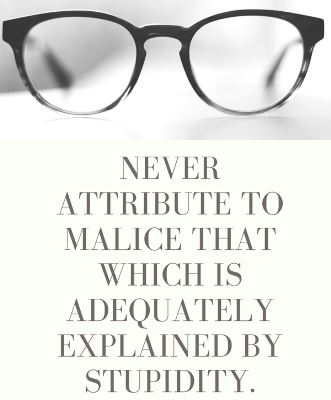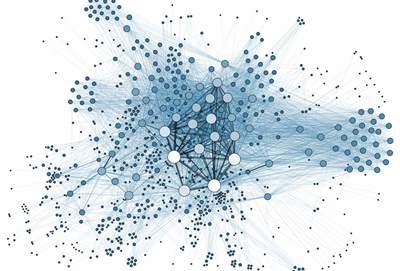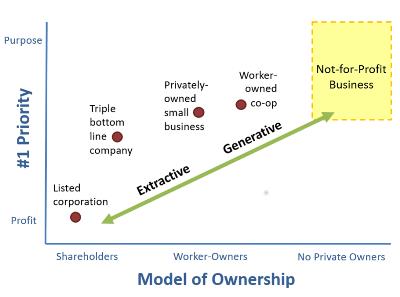The Covid-19 crisis has highlighted the practice of some modern virtual companies that can source and manage their employees globally. An interesting case study is developed in this post ‘Managing 185 people in 40 countries. How they do it‘.

In this case study the company Platform.sh is typical of those digital companies that have no office space and coordinate hundreds of employees globally. In this case, the company has been built that way since 2010 and seems to be quite successful on its market.
A few take-away points for me from this paper:
- basically the money that would otherwise be spent on office amenities is spent in having meetings, including a long all-hands meeting every year for people to know each other and exchange in a physical space. Hence, those setups do not preempt the need to invest in building the relationships – and rely also on the ability to travel globally at least once a year!
- a focus on the right mix of communication (synchronous / asynchronous) seeking the best effectiveness
- Lots of writing and explicit behavior expectations to compensate for the missing informal expectations transmittal.
There is a strong benefit at being able to hire talent anywhere without any geographical constraint – and not be limited to some hot spots of coding talents. This in turn allows more diversity and apparently also less cost overall.
All in all, an excellent case study to meditate as we enter in a new era of much more frequent virtual remote work.











